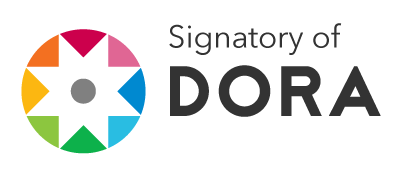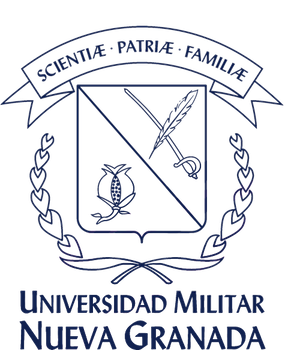Submissions
Submission Preparation Checklist
As part of the submission process, authors are required to check off their submission's compliance with all of the following items, and submissions may be returned to authors that do not adhere to these guidelines.-
The shipment has not been previously published or been under consideration by any other journal (or has provided an explanation in the comments to the editor).
- The submission file is in OpenOffice, Microsoft Word, RTF or WordPerfect format
-
Whenever possible, provide URLs for references.
- The text is single-spaced a 12-point font size, italic is used instead of underlining (except in URLs), and all illustrations, figures and tables are placed in the appropriate place in the text, instead of the end.
-
The text brings together the stylistic and bibliographic conditions included in Guidelines for the author, in About the Journal.
- In the case of sending the text to the peer review section, it must follow the instructions included in Ensuring an anonymous evaluation.
Privacy Statement
Self-Archiving and Digital Preservation
The journal uses the Pórtico system to create a permanent archive backup, with the purpose of preserving and restoring published content.
Per the Sherpa Romeo classification, the self-archive policy includes the possibility to deposit the postprint (latest version of an article subsequent to the peer-review process) and the editor’s version and is marked in blue.
Data Usage and Privacy Statement
For the purposes of article reception and peer-review, Editorial Neogranadina keeps a record of personal data in its databases for adequate support of the processes managed. To manage these data, the information security policy established by the University in Resolution No. 4352 of November 17, 2016, article 18, on information systems, is adopted:
Paragraph 10. “The information kept in the databases of Nueva Granada Military University’s information systems is and will be used in the development of the inherent functions of the University, in its condition as a higher education institution, either directly or through third parties.”
Paragraph 11. “The information stored in the databases of the information systems used by the University, or in any other storage media, must be governed by the Personal Data Privacy Policy Manual in force at Nueva Granada Military University, and the user is responsible for the data contained in the infrastructure.”
The journal complies with the Personal Data Privacy Policy Manual of Nueva Granada Military University, which is regulated in Resolution No. 3225 of December 02, 2013:
Article 11. “The collection, storage, use, circulation or deletion of personal data by Nueva Granada Military University requires the prior, free, express, and informed consent of the holder of said personal data.”
Article 21. “Ownership of personal data. Nueva Granada Military University will be aware at all times that personal data are owned by the individuals to which they refer and these individuals only may make decisions in relation to this personal data. In this regard, the University will only use said personal data for the purposes for which it is duly authorized and, in any case, respecting the regulations in force on personal data protection.”
This information will be shared for academic or educational purposes, with entities evidencing, classifying or assessing productivity, such as Colciencias, Publindex or international indexing systems.
[1]Use the following link to see the document: <https://publicationethics.org/files/Principles_of_Transparency_and_Best_Practice_in_Scholarly_Publishingv3.pdf>.










